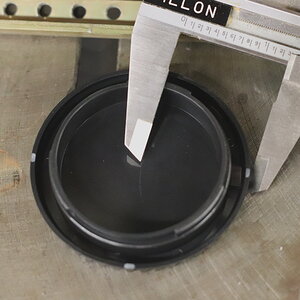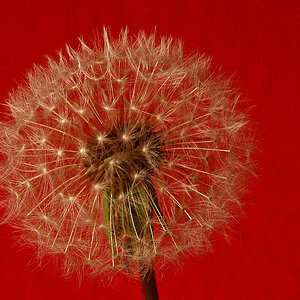ChristyChris
TPF Noob!
- Joined
- Sep 8, 2016
- Messages
- 3
- Reaction score
- 0
- Can others edit my Photos
- Photos NOT OK to edit
Hi there,
I know photography is a skill. I am much interested in photography. I don't have a camera with me otherwise, I may explore. I used to take pictures with my phone camera. But I don't use to do the photoshop. Last day my friend showed his picture that was taken in Nikon camera, he is looking pretty good in that picture and super clarity. I doubt if it being photoshopped. When I asked him, he said he hadn't used any photoshop tricks. How can we know whether the picture is photoshopped or it is original? Here is a picture got from the Killarney Lodge portal,
Please do not post images to which you do not hold rights. You may post a link.
Sorry, here is the image link
http://www.killarneylodge.com/uploads/gallery/thumb/GAL35_25072011060803.jpg
Is it a photoshopped picture? Which type of photography is this? What is the role of the camera lens in photography? (I don't have any idea about photography, sorry if it doesn't fit here).
I know photography is a skill. I am much interested in photography. I don't have a camera with me otherwise, I may explore. I used to take pictures with my phone camera. But I don't use to do the photoshop. Last day my friend showed his picture that was taken in Nikon camera, he is looking pretty good in that picture and super clarity. I doubt if it being photoshopped. When I asked him, he said he hadn't used any photoshop tricks. How can we know whether the picture is photoshopped or it is original? Here is a picture got from the Killarney Lodge portal,
Please do not post images to which you do not hold rights. You may post a link.
Sorry, here is the image link
http://www.killarneylodge.com/uploads/gallery/thumb/GAL35_25072011060803.jpg
Is it a photoshopped picture? Which type of photography is this? What is the role of the camera lens in photography? (I don't have any idea about photography, sorry if it doesn't fit here).
Last edited:


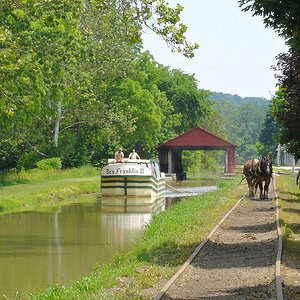
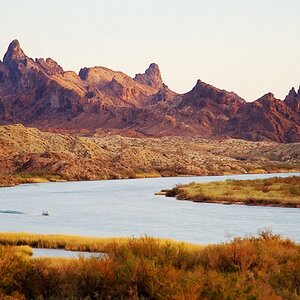
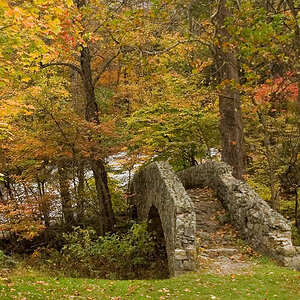
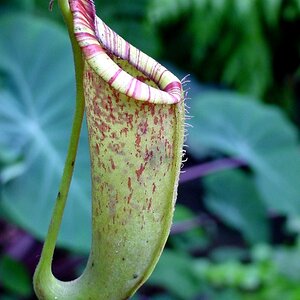
![[No title]](/data/xfmg/thumbnail/34/34344-0b42e0e92ad436e6710a1b9c4585d6df.jpg?1619736379)
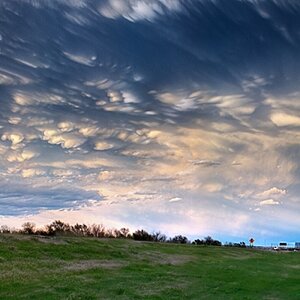
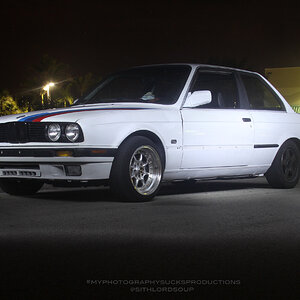
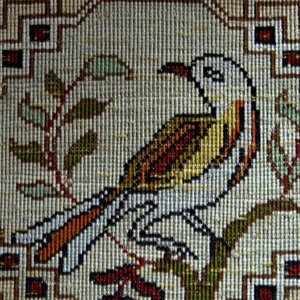
![[No title]](/data/xfmg/thumbnail/34/34343-b06994e286a2089b404358d95c37eaf0.jpg?1619736378)
